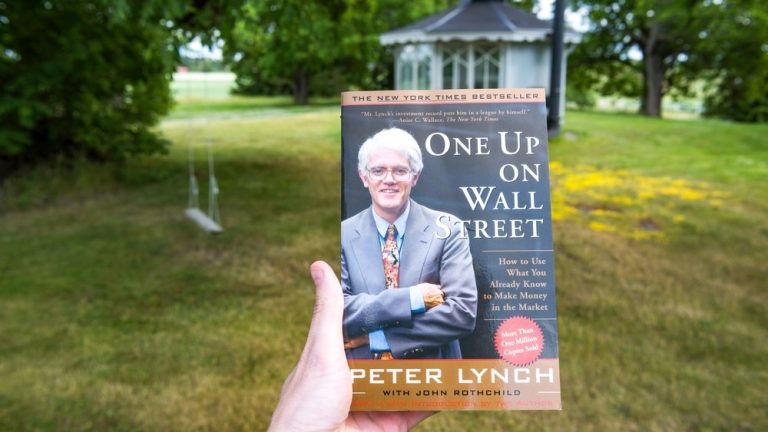In 2019, he started his own venture, motivated by the desire to secure his special child’s financial future, particularly in light of her medical expenses. Today, he manages ₹1,650 crore in assets under management (AUM) in mutual funds. When he began, Agra was classified as a B-30 city, but it has since transitioned to a T-30, despite being a Tier-2 location. Shalab’s story is no longer an anomaly; it’s emblematic of a quiet transformation brewing in India’s smaller towns and cities.
Cities beyond the top 30 (B-30) are rewriting India’s mutual fund narrative. Once considered passive spectators in financial markets, these regions are now emerging as active participants, driving a significant shift in the industry.
In FY25, over 55% of all new SIP registrations came from B-30 locations—up from 48% just two years ago. These cities have added over 2.34 crore new SIP accounts, with a notable rise in direct plan investments, signaling growing financial confidence and awareness.
The share of B-30 assets under management (AUM) in the mutual fund industry has risen from 16% in December 2020 to 18% in March 2025. What’s even more striking is the composition of these investments: over 80% of B-30 AUM is allocated to equity funds, compared to just 52% in the top 30 cities (T-30).
Factors driving growth in smaller cities
Digital enablement: The proliferation of low-cost smartphones, Aadhaar-based eKYC, and UPI payments has made it incredibly easy to start an SIP—even in remote areas. Internet penetration has skyrocketed, with broadband connections growing by an astounding 1,452% between 2014 and 2024, according to the Ministry of Communications.Financial education: Campaigns like “Mutual Funds Sahi Hai” have resonated deeply in smaller towns, where trust and clarity are paramount. Fund houses and the Association of Mutual Funds in India (AMFI) have stepped up efforts to demystify mutual funds, making them accessible to first-time investors. According to AMFI, the mutual fund industry’s overall net AUM has reached an all-time high of ₹74.41 lakh crore.Mindset shift: Sebi’s decision to allow SIPs with investments as low as ₹250 has lowered the entry barrier, especially for young and first-time investors. The aspirations of Bharat are aligning with those of urban India. Whether it’s planning for children’s education, buying a home, or building a retirement corpus, SIPs offer a structured, low-risk route to achieve long-term goals. There’s a noticeable shift away from traditional investments. Mutual funds, particularly equity funds, are increasingly seen as viable alternatives for wealth creation.
Systematic Investment Plans (SIPs) have become the entry point for millions of first-time investors, thanks to their disciplined, flexible, and accessible structure. In June 2025 alone, net inflows into equity mutual funds rose 24% month-on-month to ₹23,568 crore, according to AMFI data. Overall mutual fund inflows surged 67% month-on-month to ₹49,301 crore.
What’s even more exciting is the demographic shift—a majority of new SIP accounts are now being opened outside the top 30 cities. Persistency rates in SIPs from B-30 cities have also improved, suggesting that investors from these regions are not just participating—they are staying invested. This is a critical indicator of financial maturity and long-term wealth-building intent.
Opportunities and challenges
The mutual fund industry in India is still in its nascent stages compared to developed markets. India’s mutual fund AUM-to-GDP ratio is 19.9% as of March 2025, significantly lower than that of many developed economies. This gap underscores the immense growth potential.
For B-30 cities, the opportunity is even more pronounced. With rising incomes, improving financial literacy, and increasing digital penetration, the next wave of mutual fund investors will likely come from these regions.
However, challenges remain. Despite the progress, financial literacy levels in smaller towns are still lower than in metros. Misinformation and a lack of trust in financial products can deter potential investors. Additionally, while digital infrastructure has improved, tech challenges like inconsistent internet connectivity in remote areas can hinder seamless participation.
The road ahead
From 2020 to 2025, mutual fund AUM from B-30 cities has grown at a compound annual growth rate (CAGR) of over 24%, with equity-specific AUM growing even faster. The trend is clear: Bharat is no longer just consuming financial knowledge—it is applying it with intent.
The outlook for the mutual fund industry remains robust. Equity funds are expected to continue dominating inflows, driven by India’s long-term growth story. Debt funds and ETFs are also gaining traction, offering diversification options to investors.
For mutual fund companies, the focus must now shift to deepening engagement in B-30 cities. This includes tailored financial products, localized investor education programs, and leveraging technology to enhance accessibility.
India’s mutual fund future is being shaped in smaller towns, not just skyscraper cities. The cities and towns once seen as peripheral are now setting the pace. For mutual fund companies, this is the moment to nurture, support, and deepen this shift—because the next 100 million investors will likely come not from the metros, but from the heart of India.
As Shalab aptly demonstrated, the aspirations of Bharat are no different from those of urban India. What’s changing is the access, awareness, and confidence to act on those aspirations.
(Disclaimer: Recommendations, suggestions, views and opinions given by the experts are their own. These do not represent the views of the Economic Times)








